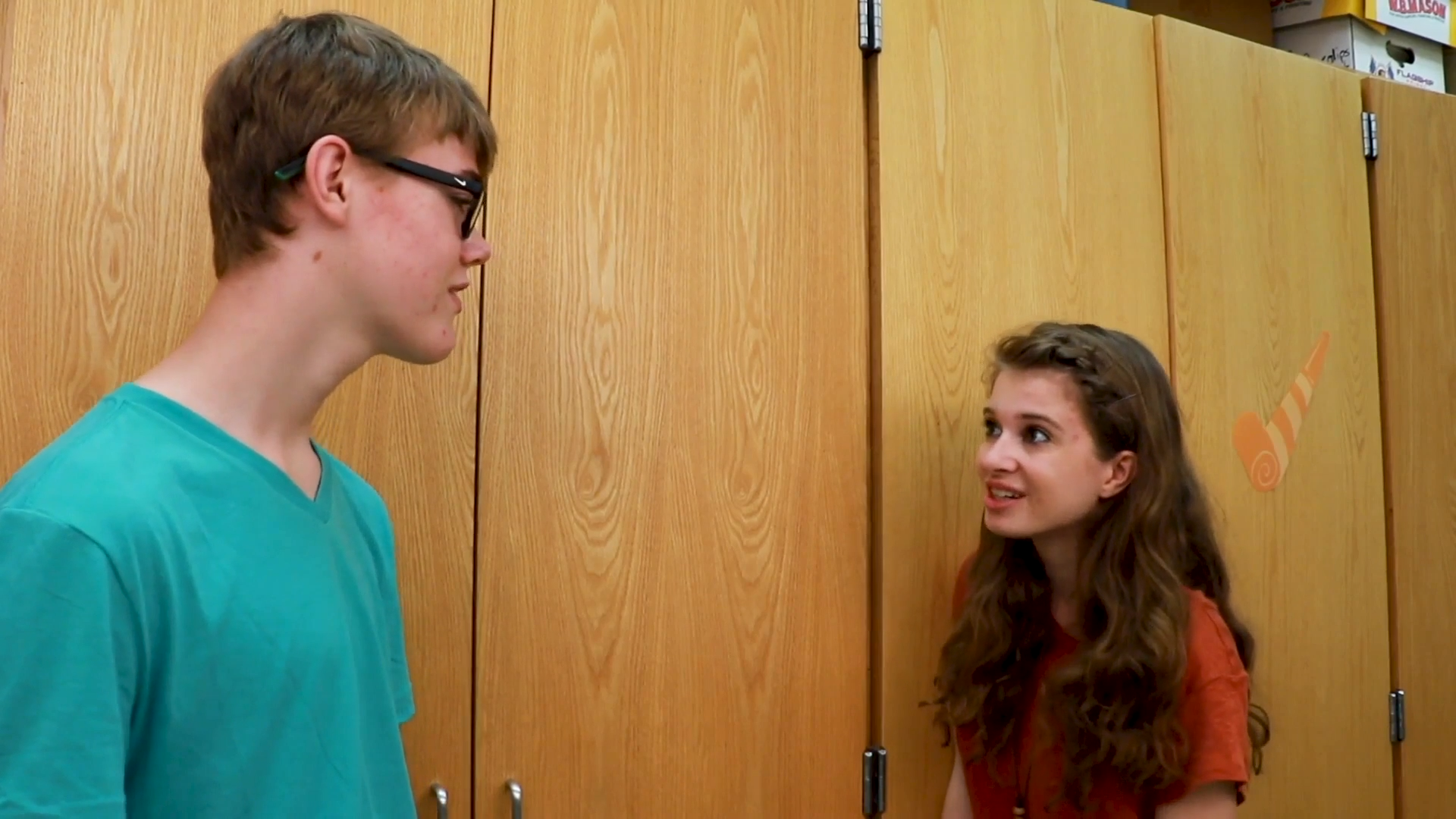
Introduction
Starting conversations is an essential life skill that helps students build relationships and navigate social situations. Teaching middle school students the art of initiating conversations can contribute to their social-emotional development and overall well-being. In this blog post, we will discuss a no-prep activity, discussion questions, and related skills to help students learn how to start conversations with others effectively.
No-Prep Activity: Conversation Role-Play
This activity requires no preparation or materials and helps students practice starting conversations in a controlled environment. Divide your students into pairs and assign each person a role, such as Student A and Student B. Provide them with a list of conversation starters, including greetings, small talk questions, and topic-specific questions. Have them take turns initiating a conversation, using the steps discussed in the prompt:
- Plan a topic the other person will like or use small talk.
- Greet the other person.
- Comment or ask a question to start the topic.
- Watch for interested clues.
- End the conversation if the other person looks bored or busy.
- Keep the conversation going if the other person looks interested.
After each role-play, have students reflect on their experience and discuss what they learned. This activity helps students practice starting conversations and become more comfortable with the process.
Discussion Questions
Use these questions to stimulate further discussions among your students:
- What challenges do you face when trying to start a conversation with someone new? How can you overcome these challenges?
- Why is it important to pay attention to the other person’s body language and facial expressions during a conversation? How can these clues help you decide whether to continue or end the conversation?
- How can using small talk help you build connections and develop stronger relationships with others?
- Why is it essential to consider the other person’s interests when planning a conversation topic? How can you find out more about their interests?
- What strategies can you use to keep a conversation going after the initial exchange of greetings and small talk?
Related Skills
Teaching middle school students to start conversations is just one aspect of their social-emotional development. Here are some other related skills that can help students become more well-rounded communicators:
- Active listening: Encouraging students to listen attentively and respond thoughtfully to others during conversations.
- Empathy: Teaching students to understand and share the feelings of others, promoting stronger connections and more meaningful conversations.
- Nonverbal communication: Helping students recognize and interpret nonverbal cues, such as body language and facial expressions, to better understand others’ thoughts and feelings.
- Conflict resolution: Equipping students with the skills to navigate disagreements and resolve conflicts effectively during conversations.
- Assertiveness: Teaching students to express their thoughts, feelings, and needs confidently and respectfully during conversations.
Next Steps
Now that you have learned about teaching middle school students how to start conversations using a social-emotional learning approach, it’s time to put these skills into practice. To access free sample materials on this skill and others, visit Everyday Speech’s Sample Materials page and start implementing these strategies in your classroom today.

